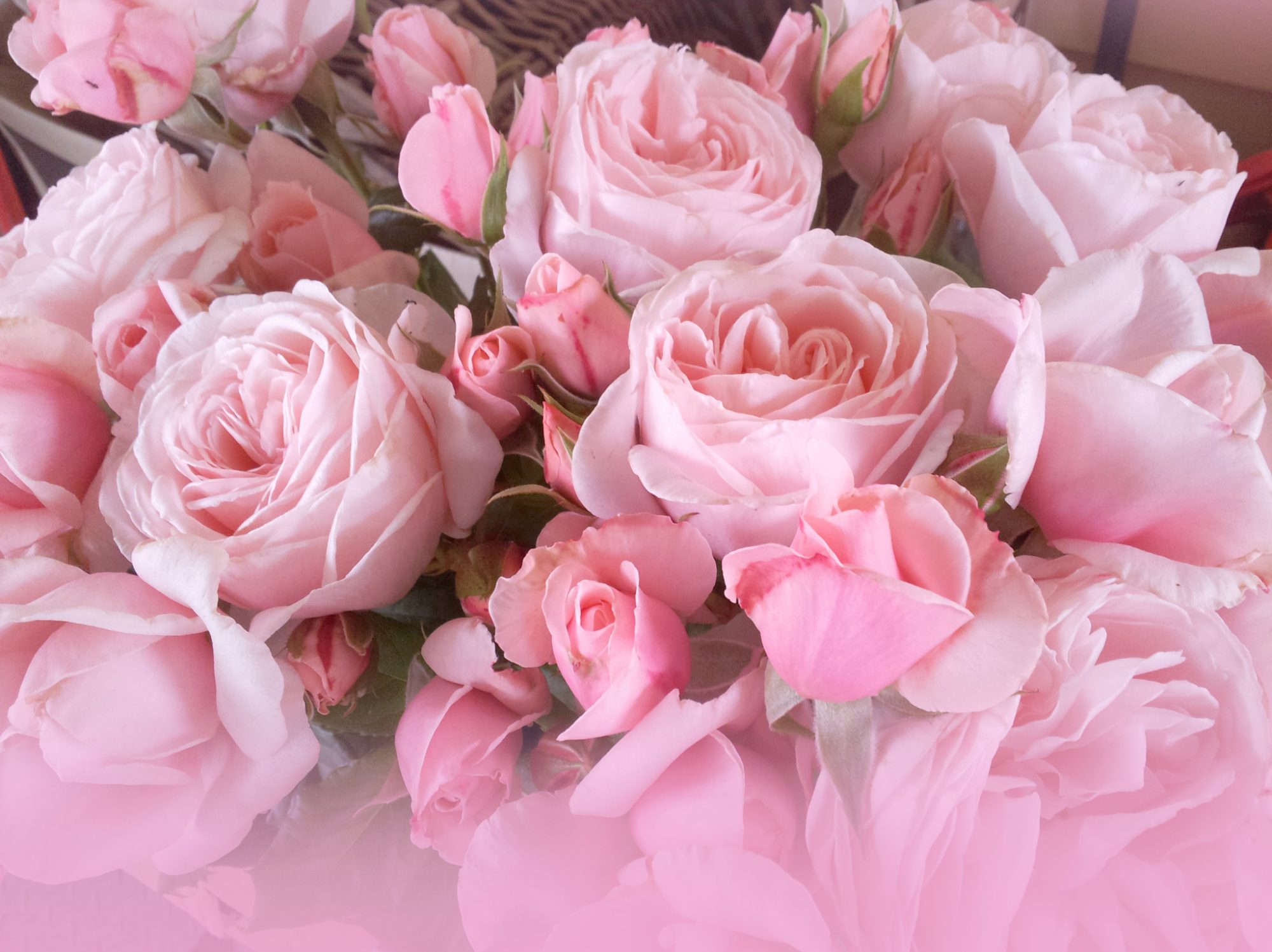Hello dear rose friends … a pinch and a punch for another whole new month and no need to remind you how close we are to Christmas … more exciting though, how beautifully are the roses flourishing with new growth in readiness for their forthcoming flowering? That’s what excites me! The minus 5 frosts will have slowed things down – we can correct all that with grooming/pruning in September and we’ll guide you through that process then.

VERY LONG, PROTRACTED SEASON DUE TO THE WET WEATHER …
Yes, the rose growers are still digging roses. Unbelievable really, and a first in our 30 year history in the rose nursery!
Next year I will promise to supply roses before the END OF AUGUST rather than the middle of July – what happens then??? Customers delay preparing garden beds and the roses will be ready by the end of June … believe me, it’s never easy when working with Nature – she is the BIG BOSS and has control over all gardening!
I’m happy to let Mother Nature be the boss and it’s pleasing to speak with customers who understand the delay – thank you all!

GRA’S GARBLE …
Lots of customers have been asking for roses suitable to plant in pots – really, every rose can be grown in a pot but for the best long-term results when selecting a pot for planting roses to put under the pergola, on a balcony or simply for the joy of having roses in pots which you can shift around the yard to enjoy when they’re flowering, I highly recommend the self-watering planters.
Self-watering pots come in a great selection of sizes and colours – they’re not expensive and are so practical for a busy gardener!
There is a water-well in the base of the pot which means:
- If you miss a day of watering, the plant will survive
- You can add nutrients like seaweed solution so the plant has constant feed at the root-zone
- When you go away on holidays, your ‘plant carer’ only needs to water the pots every second day
If you want to grow roses in pots, here are the rules:
- Use high quality potting mix which contains nutrients and moisture-retention crystals – coir-fibre holds moisture and nutrients.
- Regularly apply seaweed solution – recommend fortnightly applications to keep the potting mix ‘alive’.
- Fertilize every 8 weeks with high quality organic fertilizer because constant watering leaches fertilizer from the pot.
- Mulch around the top of the pot with lucerne/straw/leaves and compost which will regulate the temperature of the potting mix.
Every few years you need to repot the rose because the potting mix will have lost its ability to sustain the rose. This might be an easy process for lots of roses but what about the beautifully established rose in a huge pot – maybe a climbing rose wound around posts of the pergola?
Of course, you cannot remove all the growth, take the plant from the pot and start all over again.
There is a way of revitalising a rose in this situation:
- Remove the very top layer of soil and the soil at the sides of the pot
- With a sharp knife, cut away some of the root-ball
- Core holes with a drill or sharp implement into the remaining roots and fill these holes with slow-release fertilizer
- Water the plant with seaweed solution
- Replace potting mix together with a blend of compost/worm castings, some of your own topsoil (up to 30% of mix)
- Mulch to top of pot with lucerne/pea straw and water thoroughly over the entire plant with seaweed solution.
Any potted rose which receives all of the above attention will flourish through the next season. Here is a joke to send you potty:
Q. Why don’t monsters eat clowns? A. Because they taste funny!

PRUNING DEMONSTRATION …
For the stragglers or those who live in the cold zones, we’ll do the last pruning demos for this year
SATURDAY 16TH AUGUST – 11.30 AM
SUNDAY 17TH AUGUST – 1.30 PM
Cost is $20 per adult – kids welcome! Bring your secateurs with you and be prepared to learn how to prune fruit trees and prepare your garden for robust, healthy spring flowering and fruiting.
See you at CLONBINANE soon … cheers from
~ Diana, Graham & Mooi (toy poodle & guard-dog in training)

